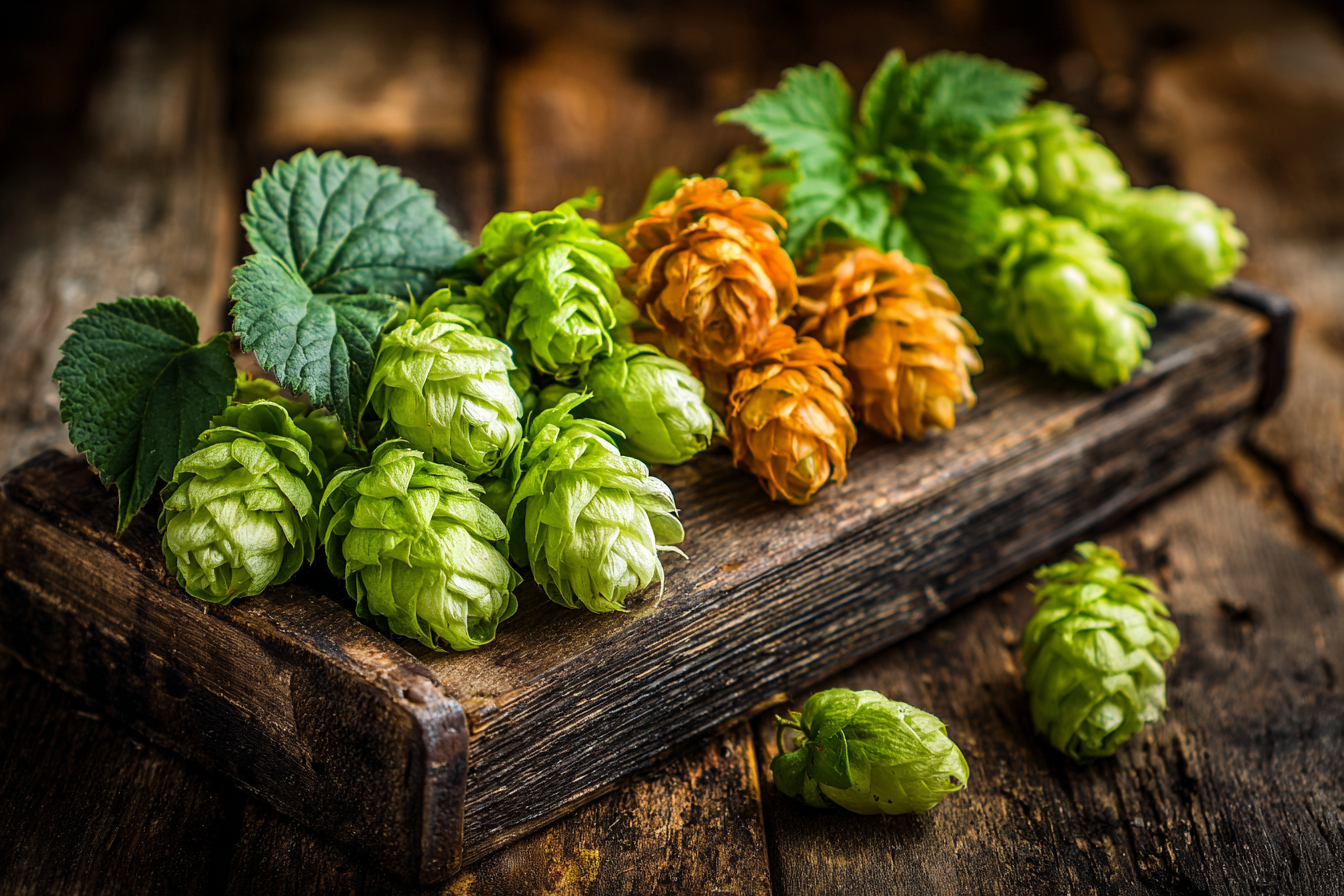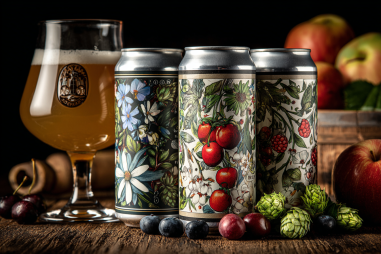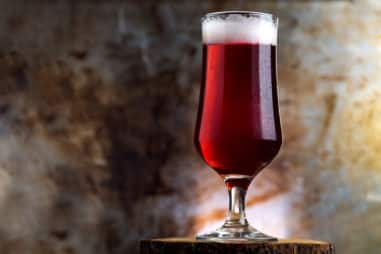When it comes to West Coast IPAs, hops are undeniably the star players. They infuse this beloved beer style with its unmistakable punch of bitterness, vibrant aroma, and bold flavor complexity. Whether it’s the piney resinous notes or bursts of citrus brightness, hops define what makes a West Coast IPA so unique. In this article, we dive into the top hop varieties commonly used in brewing West Coast IPAs, explore their distinctive profiles, and discuss how brewers strategically select and use these hops to craft such bold and exhilarating beers.
The Role of Hops in West Coast IPA
West Coast IPAs are renowned for their assertive hop character. Unlike some other IPA styles that may balance malt sweetness and hop bitterness more evenly, West Coast IPAs lean heavily into hop-forward profiles. This style delivers pronounced bitterness often ranging from 50 to 70 IBU (International Bitterness Units), paired with vibrant aromas and flavors that can range from pine and resin to tropical and citrus fruits.
Hops serve multiple roles in these beers. First, they provide bitterness that balances malty sweetness, ensuring the beer remains crisp and drinkable despite its strength. Second, hops contribute a complex bouquet of aromas and flavors during and after fermentation through various hopping techniques like late hopping and dry hopping. This interplay of bitterness and aroma is what gives West Coast IPAs their trademark bold and refreshing character.
Common Hop Varieties for West Coast IPA
Over the years, several hop varieties have emerged as staples for crafting authentic West Coast IPAs. These hops shine due to their specific flavor, aroma, and bitterness profiles that align perfectly with the style’s characteristics. Let’s take a look at some of the most popular options:
- Cascade: This classic American hop is famous for its floral, grapefruit, and citrus notes, forming the foundation of many early West Coast IPAs.
- Centennial: Often called a “super Cascade,” Centennial offers a stronger citrus aroma with pine and floral undertones, delivering a balanced bitterness and complex aroma.
- Citra: As the name suggests, Citra imparts bright tropical citrus flavors like lime, grapefruit, and even passion fruit, adding juicy fruitiness to the hop profile.
- Simcoe: Simcoe is well-loved for its piney, earthy resin notes coupled with hints of apricot and berry, providing depth and a distinctive character.
- Amarillo: Known for orange-citrus and floral aromas, Amarillo contributes a smooth bitterness and vibrant bouquet that enhances overall hop complexity.
Flavor and Aroma Profiles of Key Hops
Understanding each hop’s unique flavor and aroma profile helps brewers tailor their recipes to achieve the perfect balance of bitterness and aroma in West Coast IPAs.
Cascade is often the first hop that comes to mind when thinking about classic American IPAs. Its grapefruit-like citrus character coupled with a moderate piney backbone lends a bright and punchy aroma that is immediately recognizable.
Centennial carries stronger citrus notes than Cascade, with a pleasant bitterness that leans more towards pine and floral nuances. It creates a robust backbone for bitterness while enhancing aromatic complexity.
Citra hops pack a tropical punch with flavors of lime, grapefruit, and passion fruit. This hop variety tends to produce aromas that are juicy and fruity, brightening the beer with tropical depth, often used in combination with pine-forward hops for contrast.
Simcoe offers a more resinous, pine-heavy profile balanced with subtle hints of berry and apricot. This dual nature makes Simcoe a versatile hop that both bitterizes and enhances aroma with earthy complexity.
Amarillo delivers sweet citrus aromas with strong orange notes, underscored by floral hints. It’s often chosen for late additions or dry hopping to add bright and smooth aromatic layers to the beer.
Selecting Hops for Bitterness Versus Aroma
In brewing West Coast IPAs, selecting hops for bitterness versus aroma is a vital art. Early hop additions, typically added during the boil, focus mainly on extracting alpha acids to generate bitterness. Hops like Columbus or Chinook are sometimes used here due to their high alpha acid content and sharp pine or spice qualities.
Mid to late hop additions emphasize flavor and aroma extraction with less bittering. Here, the aroma-rich hops such as Citra, Amarillo, or Centennial are preferred to layer bright citrus and floral notes onto the beer without overpowering bitterness.
Brewers carefully balance these phases to maintain the multiple dimensions of a West Coast IPA — assertive bitterness that cuts through the malt backbone and vibrant aromas that invite the drinker with each sip.
Dry Hopping Techniques and Their Effects
Dry hopping, adding hops after the boil during fermentation or conditioning, is pivotal for delivering powerful hop aroma without increasing bitterness. For West Coast IPAs, dry hopping often amps up the pine, citrus, and tropical notes, giving the beer a fresh, aromatic punch.
Techniques vary depending on brew size and beer style. Single-strain dry hopping allows brewers to highlight particular hop aromas, while blends create complex bouquets. Some brewers employ biotransformation — adding hops during active fermentation — which can alter hop compounds creating new aroma profiles and enhancing mouthfeel.
Dry hopping is where many West Coast IPAs earn their signature intensity, making the beer feel alive with fresh hop character that captivates the senses.
Regional Hop Sourcing and Trends
West Coast IPAs traditionally use American hop varieties grown in the Pacific Northwest, including Oregon, Washington, and Idaho, regions known for their ideal hop-farming climates. This area produces some of the most aromatic and flavorful hops available, ensuring the authenticity of the West Coast style.
Recently, craft brewers have begun experimenting with hops from other regions or developing new proprietary varieties to expand the aromatic palette. For example, New Zealand and Australian hops with distinct tropical or stone fruit notes are emerging as complementary options.
Additionally, organic and sustainably grown hops are gaining traction to meet consumer demand for environmentally friendly beer production, influencing hop selection for both large breweries and craft brewers.
How Hop Varieties Affect Brewing Outcomes
The choice of hop varieties has a direct impact on a West Coast IPA’s bitterness level, aroma intensity, flavor complexity, and even mouthfeel. High alpha acid hops contribute to sharper bitterness, while lower alpha acid but more aromatic hops build layers of flavor and smell.
For instance, a West Coast IPA brewed with a heavy dose of Simcoe and Centennial will exhibit intense pine resin and bright citrus aroma, often with complex herbal notes. Using Citra and Amarillo together can produce an IPA bursting with tropical fruit flavors and smoother citrus aromas.
Beyond flavor and aroma, different hops can affect beer haziness and stability. Traditional West Coast IPAs aim for crystal clarity, so selecting hops with less propensity for haze formation is a consideration. Brewers may also tailor their water chemistry to highlight specific hop bitterness or aroma characteristics.
Finding the Perfect Hop Blend for Your West Coast IPA
Choosing the right hops is essential to crafting a memorable West Coast IPA. Brewers should consider the balance between bitterness and aroma, the desired flavor profile, and how different hops interact during brewing and fermentation. Experimenting with hop combinations can lead to exciting new expressions of the style, from classic piney citrus to modern juicy tropical interpretations.
Whether you lean towards the bold resinous backbone of Simcoe and Centennial or the bright and juicy bouquet of Citra and Amarillo, understanding each hop’s contribution helps you create a beer that embodies West Coast IPA’s bold and refreshing spirit.
Ultimately, the best hop blend is the one that satisfies your palate and delivers the vibrant complexity that drinkers crave from this iconic American beer style.







